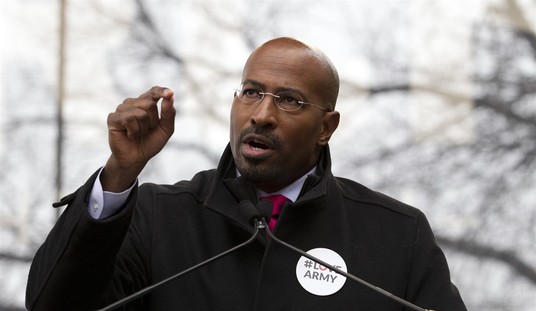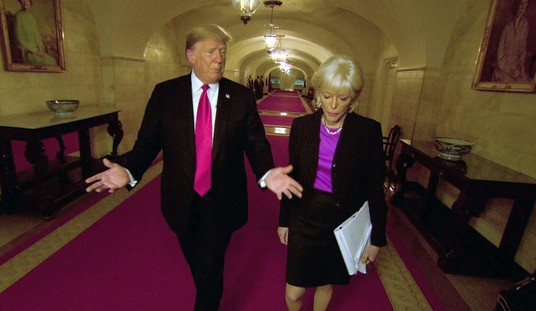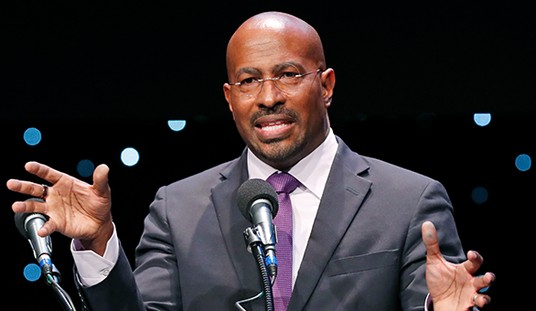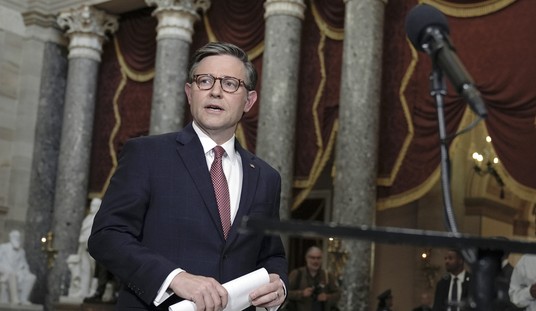Political correctness portrays untamed America before European invasion as a natural paradise, where Indians maintained an exquisite ecological balance, living in a harmonious, idyllic relationship to the natural world. According to conventional wisdom, this pre-Columbian Eden flourished for peaceful millenia until brutal disuprtion by thoughtless, menacing and mercenary white colonists. Stewart Udall, one-time Arizona Congressman and later Secretary of the Interior for President Kennedy, became an early advocate of this point of view in his influential 1973 article, “Indians: First Americans, First Ecologists,” urging modern citizens to follow the native example of treating the landscape with love and respect.
Udall’s arguments received powerful support from the popularization of the moving speech of Chief Seattle, the Duwamish elder who addressed a meeting in 1854 in the raw settlement in Washington Territory that ultimately took his name. “Every part of this earth is sacred to my people,” Seattle supposedly told his listeners. “Every shining pine needle, every sandy shore, every mist in the dark woods, every clearing and humming insect is holy in the memory and experience of my people.” Later, the aged sage assaulted the insensitive ways of the new arrivals. “There is no quiet place in the white man’s cities,” he lamented. “The clatter only seems to insult the ears…I’ve seen a thousand rotting buffaloes on the prairie, left by the white man who shot them from a train.”
Actually, it’s unlikely that Chief Seattle ever saw even a single buffalo, either rotting or otherwise, or ever looked at a train for that matter, since buffalo never lived in his verdant corner of the Pacific Northwest, and railroads (along with “the clatter” of white the man’s cities) only arrived several decades after the alleged speech. His poetic remarks (immortalized in a bestselling children’s book, “Brother Eagle, Sister Sky”) represent an internationally influential hoax-- a more or less whole-cloth invention by a screenwriter named Ted Perry for a now-forgotten 1972 TV documentary, based very, very loosely on an account in a Seattle newspaper (twenty years after the kindly chief’s death) of a real talk he may (or may not) have delivered in his largely indecipherable native language to the drenched but respectful pioneers.
In the same era that school kids learned to memorize the bogus words of Chief Seattle, another aged Indian emerged in the pop culture with the sacred purpose of protecting the North American environment, and cementing the widespread image of Indians as eternal guardians of the sacred landscape. In 1971, a brilliant “Keep America Beautiful” public service announcement offered an eloquent plea for ecological consciousness, with the tag line “people start pollution; people can stop it.” The commercial showed garbage thrown from a speeding car landing at the moccasined feet of an elderly native in traditional garb who looks toward the camera with a fat, glistening tear flowing down his weather-beaten cheek. The actor featured in the commercial, a Hollywood veteran with the marvelous name “Iron Eyes Cody,” became famous for those few seconds of video, which easily overshadowed his more than 200 films (including Indian roles in “The Big Trail” with John Wayne (1930), “A Man Called Horse” with Richard Harris (1970) and many more. Iron Eyes became an impassioned advocate for Native American causes and a regular on TV talk shows before his death at age 95 in 1999. Only with his obituaries did the truth emerge about the cherished Native American symbol “Iron Eyes Cody” – whose parents (Antonio De Corti and Francesco Salpietra) both immigrated to the United States from Sicily, and possessed no hint of Indian blood.
Recommended
The cherished notion of Indians as ecologically enlightened protectors of the natural order actually carries no more authenticity than Chief Seattle’s ruminations on rotting buffalo or the purportedly Cherokee identity of the Sicilian-American “Iron Eyes Cody.” In a densely researched 1999 monograph from Britain's Institute of Economic Affairs (“Wild in the Woods: The Myth of the Eco-Savage”) Robert Whelan blasts the popular but puerile proposition that before 1492, Native Americans lived as blissful stewards of pristine environments they cherished and protected .
The truth is that native peoples, like all other aboriginal societies on the planet, did anything and everything to their surroundings that might help them to survive. "There is now a very considerable body of research," Robert Whelan writes, "which demonstrates conclusively that the Indians made a massive impact on their environment before the arrival of the white man, and that much of this impact was damaging and showed no conception of a conservation ethic."
For example, to hunter-gatherers who lived in temporary structures, trees constituted an impediment that separated them from the animals they wanted to eat. As forests grow, "The open savanna that once supported bison, elk, deer, antelope, beaver, bears, birds and wolves becomes the closed boreal forest inhabited by squirrels, ravens, and pine martens, but little else." So naturally, the Indians (particularly on the Eastern Seaboard) did whatever they could to get rid of the leafy interlopers. Early white settlers expressed surprise to see vast tracts of forest deliberately wiped out: "The Savages are accustomed to set fire of the Country in all places where they come, and to burne it twize a year, vixe at the spring and the fall of the leafe," recorded the Puritan Thomas Morton (an outspoken admirer of the Indians) in 1637. Lewis and Clark reported in their 1805 diaries that "Indians in the Rocky Mountains would set trees alight as after dinner entertainment; the huge trees would explode like Roman candles in the night." In response to a 1992 earth summit, BL Turner and Karl Butzer researched the environmental impact of Native Americans, and found that "Deforestation in the Americas was probably greater before the Columbian encounter than it was for several centuries thereafter."
In fact, in their pursuit of succulent suppers, Indians did a great deal of collateral damage, even driving some species extinct. In 1998, our family accepted an invitation to spend a few days at an historic Wyoming ranch where the couple that owned it took us on an unforgettable tour of their property. They brought us to a red-earth outcropping that rose like a wedge from the surrounding terrain. "This was an Indian Buffalo Run," they explained. The local tribes developed a means to frighten huge herds of buffalo and to direct their stampede —right off the edge of the cliff into a heap of meat more than a hundred feet below. There, awaiting tribesmen could collect as much of the carcasses as they could eat and preserve. They left the rest to rot, creating a mountain of bones still visible (and formidable) below us.
In 1989, the Vore family donated a similar Buffalo Jump to the University of Wyoming, and scholars have been poring over the scene ever since. In the 1970s, during construction of Interstate Highway 90, "less than 10 percent of the site was unearthed at that time, but the analysis revealed at least 20 bone layers which extend about 100 feet across the sink hole and nearly 25 feet down." Because the bones had been preserved by annual layers of sediment called varves, scientists can precisely date the Indians' feasts, and easily glean information about artifacts, weather, and their dining habits.
Shepard Krech III, professor of Anthropology and Environmental Studies at Brown University, describes the Olsen-Chubbuck buffalo run excavation in southern Colorado where, five thousand years ago, two hundred bison "of a species one-third larger than today's" produced 50,000 pounds of meat—and a total waste of the 25% of animals squashed in the bottom of the heap. "Archaeologists who excavated the site found skeletons massed on twisted skeletons, wedged in massive piles against piles and against the steep banks of the narrow gulch. The event probably happened in a flash."
Tribes displayed neither tidiness nor restraint in harvesting various animals for food. University of Utah archaeologist Jack M. Broughton spent seven years sifting through the bird bones in a Native American dump near San Francisco Bay. "From 2,600 to at least 700 years ago," a University press release announces, "native people hunted some species to local extinction," and the animals only rebounded when the Indians became decimated by disease. Broughton's earlier research on Indians' quest for "anything big and juicy" turned up similar fates for fish such as sturgeon, as well as local varieties of elk, deer, geese, and ducks.
Anthropologist Paul S. Martin of the University of Arizona thinks the arrival of the first peoples to North America in prehistoric times meant the end for several big animals: "The basic facts are clear. People established themselves, colonized and spread into the New World at least by 11,000 years ago, if not earlier. And, at this time, large animals—camels, and extinct species of horses, ground sloths, saber-tooth cats, in addition to mammoths and mastodons, and a dozen or two dozen more genera of large animals—all go extinct at roughly the same time."
Calvin Martin, in his fascinating Keepers of the Game: Indian-Animal Relationships in the Fur Trade, explains that Northeastern Native Americans (Objiwa, Hurons, Micmac, League Iroquois, Cree, Montagnais) developed religions that ascribed spiritual powers to all animals, including beavers, and held that each creature existed in a sphere parallel to that of man. The process of hunting, then, became far more than the physical mechanics of trapping and killing, but involved a spiritual interchange of consent and mutual respect. After fur trading began, when natives began to perish in great numbers due to disease, Indians assumed the beaver were exacting retribution against the humans for the plundering of their pelts—leading to the conclusion that the natives could protect themselves only by securing the rodents' elimination. "By 1635, for example, the Huron in the Lake Simcoe area had reduced their stock of beaver to the point where Father Paul LeJeune, the Jesuit, could flatly declare they had none," Martin writes. In a matter of several years, the beaver had been slaughtered to near extinction, as well as moose and other furbearers. Martin concludes, "The game which by all accounts had been initially so plentiful was now being systematically exterminated by the Indians themselves" with a desperate, cultic, religious fervor.
The baseless myth of indigenous peoples living in respectful balance with their natural surroundings and making no mark on the space they inhabited for thousands of years plays an important role in most allegations of Indian genocide, because it reinforces the image of Natve Americans as childlike innocents, no more capable of protecting themselves than the noble beasts they supposedly revered. This vision supports an image of explorers and colonists as intruders, despoilers and mass killers, with nothing to offer the pure, proud peoples of the New World except for disease and exploitation, corruption and decadence, and feeds the toxic argument that Americans should feel guilty about the very origins of our civilization.
























Join the conversation as a VIP Member